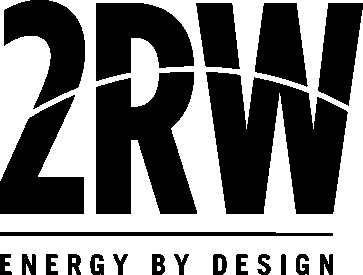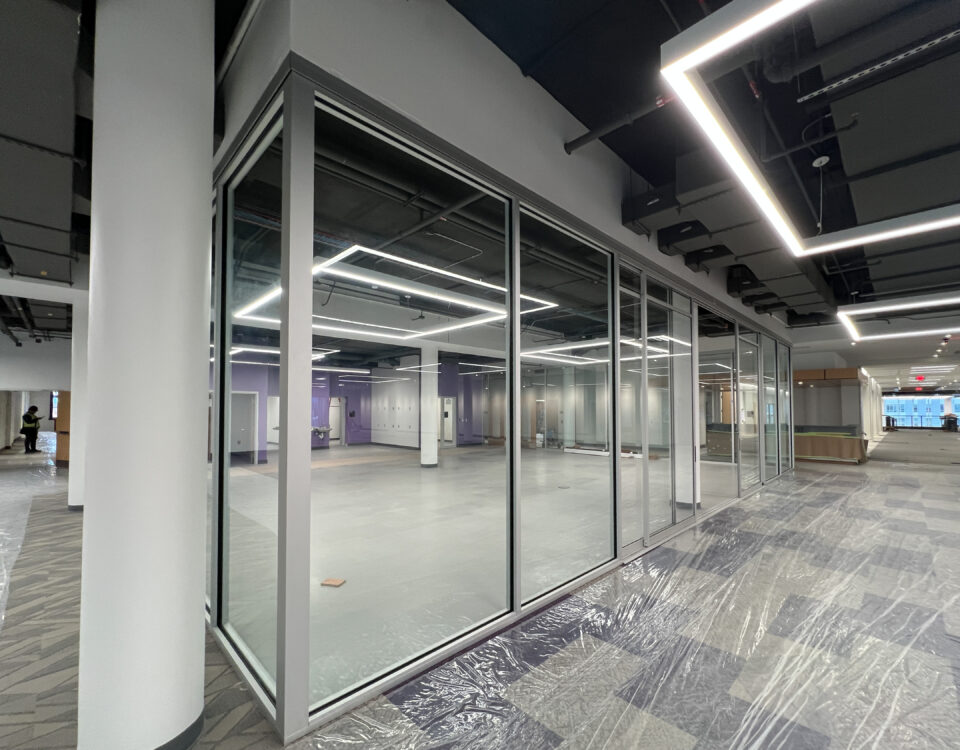
Laboratories require precise control of atmospheric conditions, with humidity being essential to keep labs running efficiently and properly. Controlling the relative humidity within the complex environment of a laboratory confers several advantages:
Maintaining Health and Wellness
Using humidification to maintain mid-range (40%—60%) relative humidity has been shown to help reduce the spread of viruses and ensure aerosols and other hazardous airborne materials cannot spread as easily. Maintaining optimal humidity can also reduce the impact of allergy and asthma, reduce vocal strain, and improve perceived comfort, as well as the overall well-being of staff and patients.
Preventing Contamination and Equipment Malfunctions
Laboratories often include sensitive equipment that may be affected by changes in relative humidity. In an overly dry environment, static can build up, attracting contaminants; too much humidity can result in excessive moisture on the equipment. These factors can cause corrosion and require frequent re-calibration. Controlling humidity can reduce the risk of damage and extend the life span of testing equipment.
Ensuring Accurate Test Results
Maintaining optimal humidity levels preserves the source materials and bacteria that are examined. If the relative humidity is too low or high, it can alter the bacterium and produce inaccurate results. Thus, controlling the relative humidity will yield more consistent and accurate test results.
Increasing Energy Efficiency
Laboratories are usually populated with an abundant assortment of technical instruments that collectively require excessive power. By regulating and monitoring consistent air humidity, the total energy consumption can be reduced, preserving laboratory funding and operations.
The importance of maintaining a stable level of relative humidity within a laboratory environment cannot be understated. Maintaining optimal laboratory humidity can be accomplished with various types of humidification systems ranging from high-pressure atomization humidifiers to electric clean steam humidifiers to clean steam humidifiers using campus steam. Choosing the optimal solution for your laboratory can be accomplished by working with an experienced engineer who can help you make informed, right-sized, and appropriate choices based on the optimal humidity range determined for your lab, project budget, and energy-efficiency goals.





